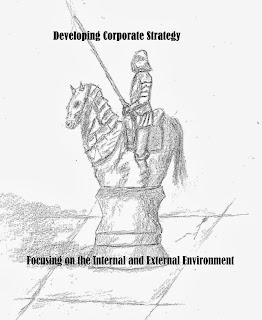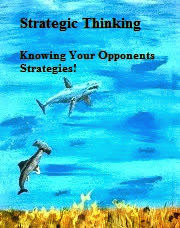 |
| Permission to Use D.S. |
Socio-scientific answers are rarely specific enough
to concrete. The complexity of making determinations in this
field helps in highlighting which methods of strategic decision-making people
are using. Research by Eggert & Bogeholz delves into the complex processes students use to make socio-scientific decisions based upon competing
information and ambiguous direction (2010). Their results show that scientific
thinking improves complexity of thought and strategy making.
The process of making decisions that border between scientific
research and sociological concepts is difficult. In scientific research it is
necessary to answer ambiguous and specific questions like the potential
societal benefits of research or the exact measurements used in
instrumentation. It is hard for people to make cognitive models that can handle
such widely dispersed information effectively.
Understanding science requires the ability to look
at data, be open to new data, and understand its implications on people. It is
a higher skill set that not everyone can develop and those who do have spend
years learning. It uses analytical thinking, creativity, systematic approaches,
and sociological perspectives all meshed together to come to conclusions.
Science can
enhance skills in argumentation, decision-making, and problem-solving. Strategy can be developed when people learn about
trade-offs which is seen as the ability to weigh and balance certain factors.
Where a loss occurs in one set of options there can be gain in another set of
options. Most people are limited to only a few factors and simply cut off the
rest. As intelligence and knowledge increases more factors can be incorporated
into the systematic thinking process without having to automatically limit
oneself to a few simple possibilities.
In science it is possible to make decisions on key pieces
of data. Each one has their own weight of influence. To come to better
conclusions a level of meta-reflection on the decision making process is
necessary to ensure that thinking patterns are appropriate and not biasing the
outcome. To do this well requires the integration of multiple pieces of
information, seeing how they interact, determining trade-offs of different
factors, and reflecting on the whole process.
Complexity of thinking ranges from spontaneous
thinking with no reflection to high levels of tradeoffs with meta-reflection. Intermediate
thinkers use both cut offs and tradeoffs with some level of reflection on the thinking
process. The highest level scientific thinkers use tradeoffs with relative
weighting to think through possibilities.
The far majority of people use cut-offs because it is easier to work
with limited data.
The researchers Eggert & Bogeholz used the Rasch
partial credit model to determine the competencies German science students were
using to make decisions. A total of 436 students were engaged within the study
and assessed based upon their decision-making skills. Their work helps
highlight that even with a scientific education the skill can be increased but
is not developed by everyone.
The results showed that science education raised
non-compensatory decision-making strategies to mixed strategies and then to
tradeoff strategies as people developed. Participants had difficulty weighing
many different criteria to make appropriate decisions. Meta-reflection changed
thinking from a content specific analysis to a strategic analysis that is based
on an analysis of multiple options.
The majority of participants used the cut off method
that focused on looking at a single or few aspects of the overall problem. They
had difficulty weighing and balancing a greater amount of information, points,
and criteria to get a more concrete picture. Yet as a person’s education rises
from six to twelve years their ability to manage more pieces of information
grew tremendously.
The cognitive structure and complexity of thought
are important aspects of making decisions and developing a strategy. It is a
skill that increases as one spends more time in school or learning about
science. Generally, the more one is capable of balancing multiple pieces of
information the more able they are to build progressive strategies that achieve
goals. Seeing information through varying possibilities and weighing and
balancing the likelihood of each outcome is a higher order skill. Quickly
discarding options without thorough analysis limits how well one can respond to
environmental challenges. The report helps to show how leaders decision-making
ability can be enhanced by focusing on evidence based strategic management and
then reflecting on those decisions to ensure they are accurate.
Effert, S. & Bogeholz, S. (2010). Student’s use
of decision-making strategies with regard to socioscientific issues: an
application of Rasch partial credit model. Science
Education, 94 (2)

